SLV Pendant lights

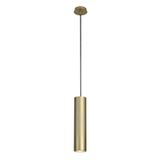

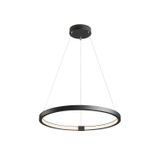
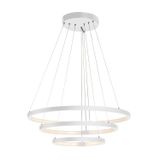
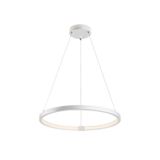
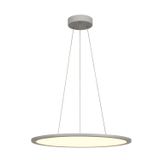


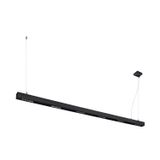
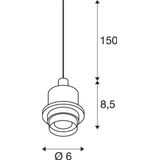
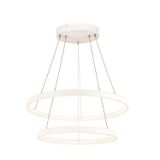
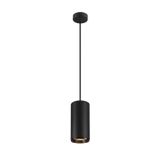
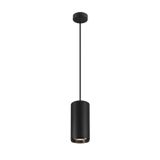
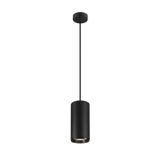

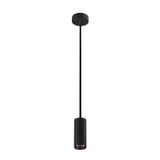

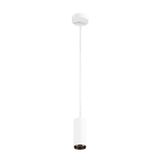
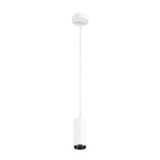
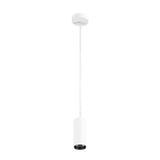


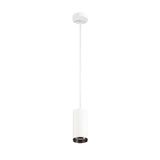

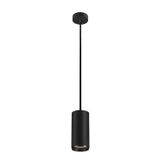
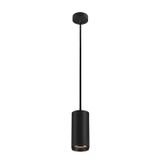
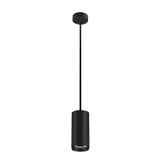



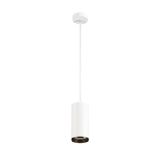
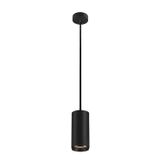
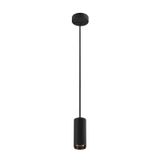

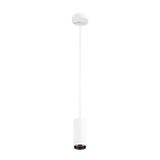
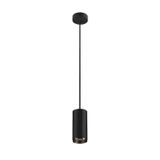
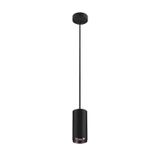

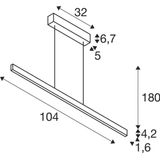
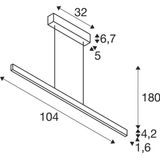
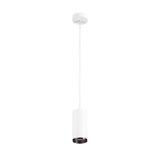



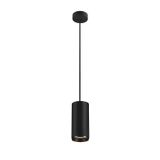
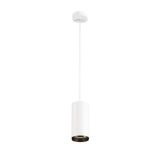
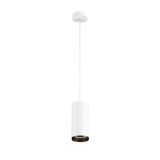

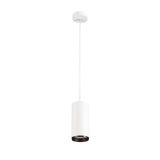
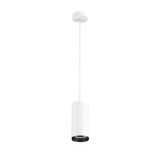
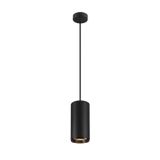
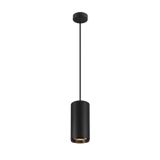
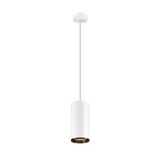

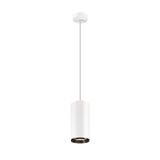
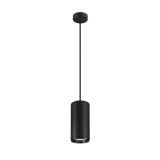
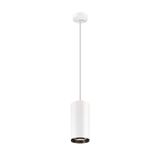
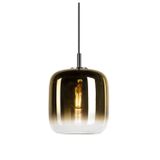
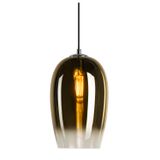
slv pendant luminaires Application scope and brand context
Retail floors, hospitality lobbies, meeting rooms, and galleries need pendants that deliver stable photometry, clean dimming, and hardware that survives maintenance cycles. SLV builds around European mains (220–240 V) with SELV control options, offering lumen nodes roughly 800–15 000 lm, CRI 80/90, and CCT 2700/3000/3500/4000 K. Driver PF ≥0.90 and THD typically ≤15 % keep panels compliant; inrush data is published so breaker diversity can be modelled instead of guessed. Most bodies run −20…+40 °C with 2–6 kV surge paths depending on series.
slv led pendant luminaires Range and optics
Families include small decorative forms for tables and counters, high-output cylinders for atria, and wide shades for low-ceiling collaboration areas. Optic choices cover deep reflectors for low glare, micro-prismatic diffusers for UGR-controlled desks, and wide batwing distributions that flatten illuminance on benches. Beam steps commonly 20°/35°/60°; accessories (honeycomb, soft lens) tighten VDT comfort without killing efficacy. Cable sets and canopies arrive with strain relief and height adjustment; multi-light canopies simplify cluster installations over reception islands.
slv ceiling pendant fixtures Technical specifications and standards
Safety to EN 60598-1/-2-1, control gear to IEC/EN 61347-2-13, EMC EN 55015 with immunity EN 61547, harmonics EN 61000-3-2. Photometry is LM-79 tested; source maintenance from LM-80/TM-21 with typical L80 50–100 kh at rated Tc. Dimming via DALI-2 DT6 (intensity) and DT8 (tunable white) or 1–10 V on simpler jobs. Wiring windows usually 0.5…2.5 mm²; torque and strip lengths are printed on the card. IP ratings are generally IP20/IP40 for interiors; IK data is available where public-area durability is required. Emergency options include integral 1–3 h packs or central-battery versions with documented EM flux.
Applications and compatibility
Open offices: UGR-controlled optics over benches, task/ambient layering with scene presets. Hospitality: warm 2700–3000 K above dining and bars, high R9 where food presentation matters. Retail: tight beams for punch on merchandise, wide fills for cashwraps; track-adapter variants keep visual language consistent across zones. Museums and content studios: low-flicker drivers (PstLM ≤ 1.0, SVM ≤ 0.4) and stable Duv so cameras behave. Where the brief mentions slv indoor hanging lighting, specify lumen node, beam, CCT/CRI, PF/THD, surge class, and dimming protocol on each tag—RFIs disappear when those lines are explicit.
slv hanging lights Use cases and mounting
Single-point drops suit café tables and touchdown spaces; linear clusters work over long meeting tables. For tall atria, add rod kits to limit sway and keep geometry tight. Maintain ≥200 mm clearance above drivers for convection; crowded canopies push Tc over spec and cut life.
Integration with SLV controls and distribution
DALI-2 networks coordinate groups, scenes, and daylight trim; reserve address headroom (≤250 mA per loop with ~20 % spare). Presence sensors and wall stations share the same bus; gateways expose energy and runtime to the BMS. Upstream, select Type 2 SPD in the lighting DB and map inrush per circuit—soft-start driver variants reduce nuisance on B-curve breakers. Track-based companions and surface forms from the same catalogue keep accessories and finishes consistent project-wide.
Selection criteria for B2B buyers
- Task and target lux: desk/meeting vs lounge/accent; pick beam and lumen pack to hit Ē and UGR goals.
- Visual comfort: shielding angle, accessory set, and diffuser type; document UGR at the mounting plan.
- Electrical: PF/THD limits, inrush (A/µs), surge path, conductor window; verify Zs after LED load reductions.
- Controls: DALI-2 vs 1–10 V, DT8 if tunable white is required; define min level and fade curves for consistent scenes.
- Mechanics: suspension type, SWL per point, canopy size, ceiling build-up, and anchor certification
- Serviceability: accessible gear trays, spare diffuser kits, visible Tc mark; keep Tc 10–15 K below limit for warranty headroom.
Procurement notes and installation practice
Standardise two CCTs and a short list of beams per floor—spares and scenes stay manageable. Order spare gaskets and canopy screws with the first drop; most ingress complaints come from missing fasteners after maintenance. Publish ferrule size and torque on drawings; over-compression is a silent IP killer. When designers request statement pieces akin to slv decorative pendant lamps, lock finish codes, cable colour, and suspension length early so millwork and lighting land together.
Advantages of working with Bankoflamps
We align optics, lumen nodes, driver options, controls, suspension hardware, and canopy details to your room data sheets and one-lines, then present live EU stock by warehouse before access nights are booked. Quotes usually return in about an hour with EAN/MPN, Tc limits, PF/THD, inrush, IP/IK, EM mode, and accessory packs spelled out—so selections don’t drift mid-phase. Your portal shows lead times, shipment status, and downloadable price lists with validity dates; approved clients can use post-payment up to 30 days. We consolidate by zone or table run to cut freight and site sorting, and your account manager checks UGR targets, SPD policy, loop budgets, anchor types, and ceiling build-ups against the drawings—so cartons arrive lift-ready and crews close the ceiling once.